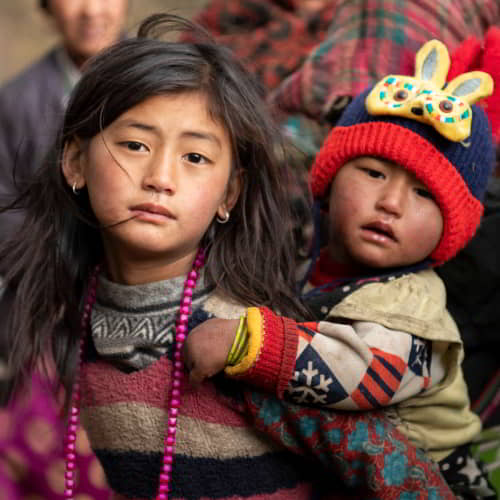Understanding South Asia Gender Inequality in School
In 2007, a female MIT economist went to a country in South Asia, to see what aspirations parents and girls had for their education. Of the 495 villages she and her colleagues visited, they reported that “parents were 45 percent less likely to state that they wanted their girls to graduate from school or study beyond the secondary-school level, in comparison to the parents’ aspirations for boys.”1 The study highlighted one of the many issues that gives rise to gender inequality in school for girls in South Asia.
A centuries-old mindset that boys are preferred to girls still pervades many countries in the world, even those that have seen large economic growth and expansion.2 With this increased economic opportunity, why is gender inequality a problem in South Asia? At the root of this prejudice is the idea that boys will become men who can work, fight or farm. The expectation for girls is that they will learn and do domestic chores like cooking, cleaning and raising children, which means they will not be a source of income. In addition, the sons are the ones expected to take care of the parents in old age. Without a son, they cannot expect this.3
Another long-held and practiced belief in some countries is that of providing dowries, where a bride’s family gives cash or in-kind payment to the groom’s family when the couple marry. All of these factors create an environment for girls and women that devalues them as contributors to society and holds them as unworthy as far as investing in their education and their future. Society as a whole sees no reason to make sure that a girl is educated and has options available beyond secondary education should she want it.
In a culture already partial to boys, girls find themselves at every disadvantage in school for investment and resources. Girls will be the first ones pulled from school to care for younger siblings or work in factories. And the cycle for women in poverty begins all over again. This highlights reasons why girl education is important.
Click here, to read more about this article.
Click here, to read more blogs in Gospel for Asia.Org

Comments
Post a Comment